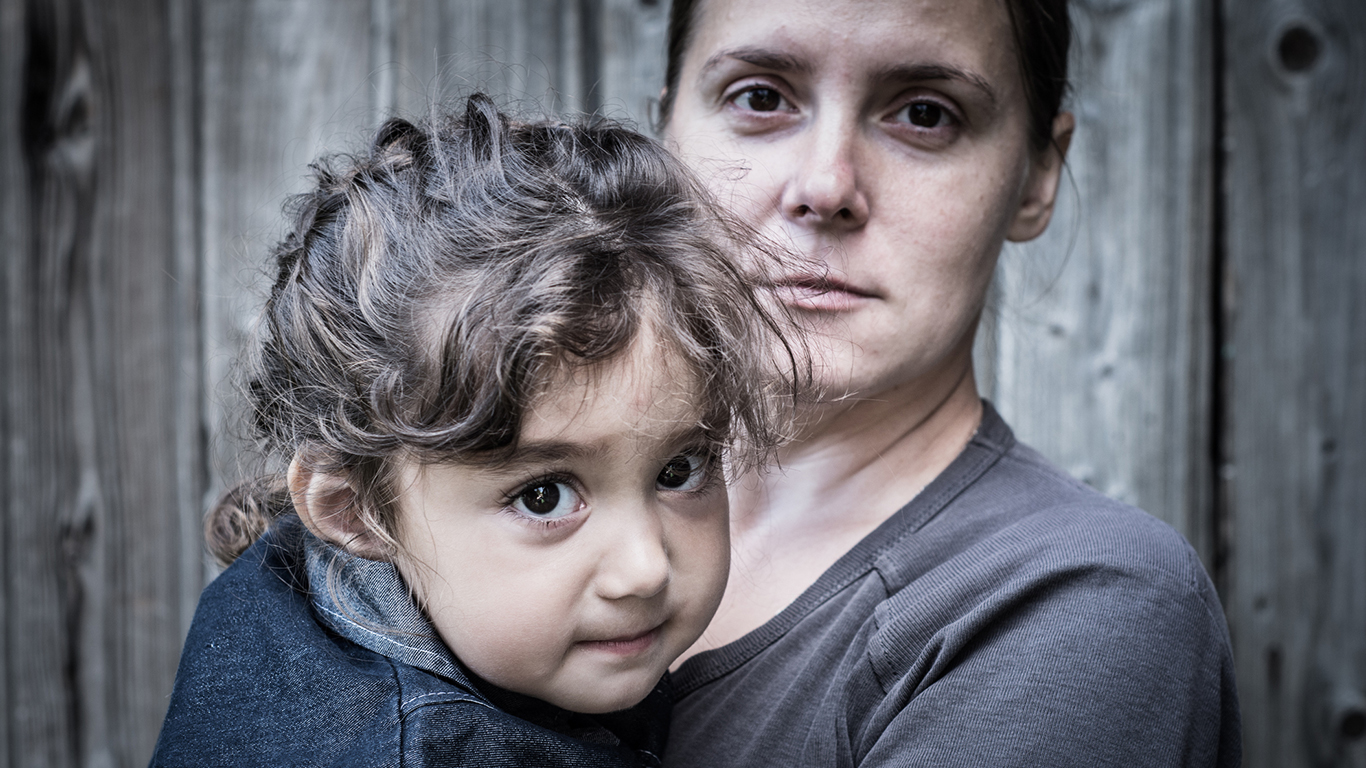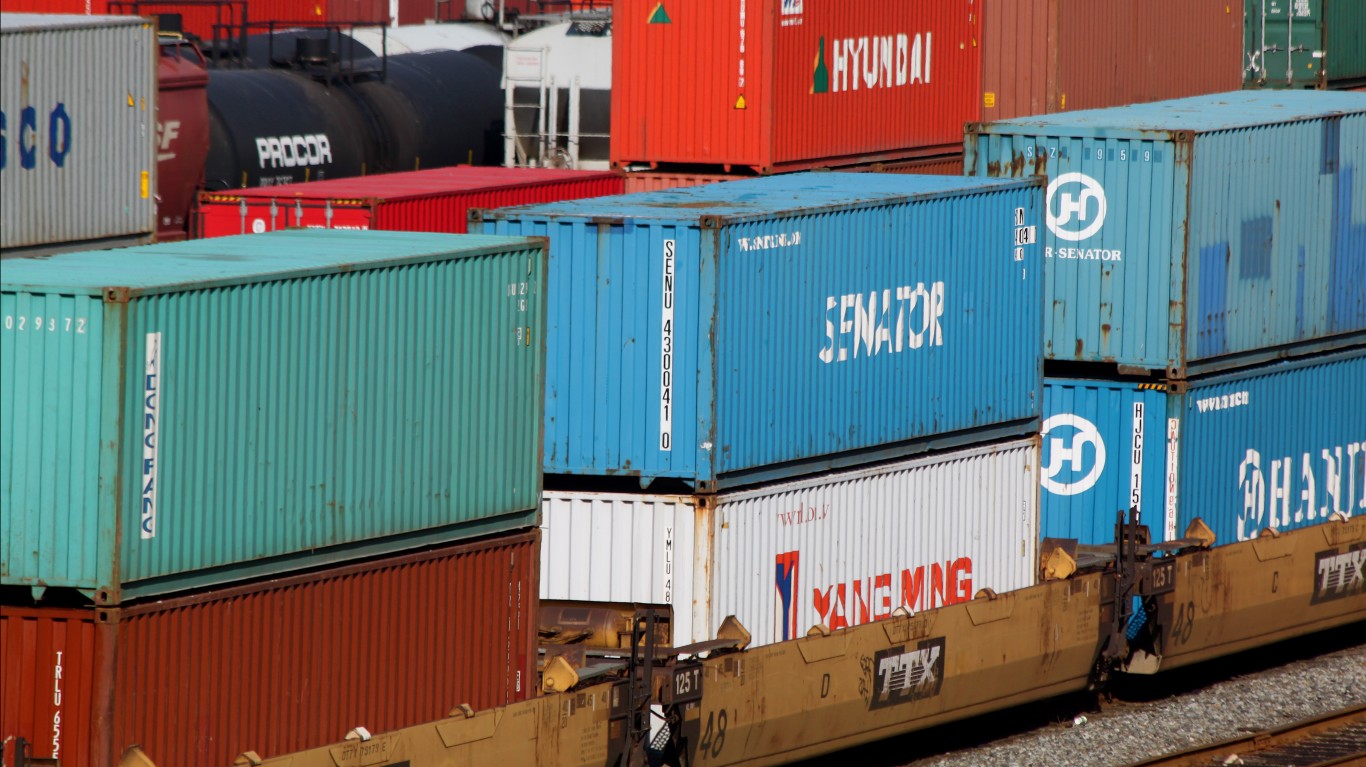
The U.S. Census Bureau has released the annual poverty rate. It was 10.5% for 2019. That was down from 11.8% in 2018, and even more from 2014 when it was 14.8%. The numbers do not take into account the effects of several government programs, which drive the Supplemental Poverty Measure (SPM) to 11.7%. The higher number, based on the work of many economists, is the more accurate of the two measurements. It also does not measure the effects of the pandemic, obviously. That will increase the figure sharply for 2020.
The Supplemental Poverty Measure: 2019 report specifically says that “it extends the official poverty measure by taking account of many of the government programs designed to assist low-income families and individuals that are not included in the official poverty measure.”
Social Security has the largest positive effect. It lifts 26.5 million people above the poverty line. Refundable tax credits lift another 7.5 million. While those will effectively drop the 2020 reading down from what it will be because of those programs, the poverty rolls will move higher by the millions this year.
Those changes still leave 38.163 million Americans behind. Of those, 15.914 million are white (non-Hispanic). A total of 7.907 million are Black. That means the number of Black Americans who live in poverty is 50% of the figure for white Americans. In the overall population, Black Americans make up 13.4% of the population. Non-Hispanic white Americans make up 60.1%. The numbers show the extent to which poverty weighs on the Black community. The unemployment rates issued by month this year by the Bureau of Labor Statistics show that the Black unemployment rate is over 50% higher than the level for white Americans.
The SPM also shows the disadvantages of low education. Some 5.563 million Americans below the poverty measure have no high school diploma, 8,543 have a high school diploma but have not been to college, and 4.741 have a bachelor’s degree or an education level higher than that.
Poverty continues to be a huge factor in the American economy, to the extent that those who live below the poverty line are unlikely to be consumers to any substantial extent. As the SPM shows, significant government expenses are part of the efforts to improve their situations, albeit very modestly. As 2020 rises higher than last year’s number, the consumer population will dive even more sharply
In 2019, the level of poverty was the best it has been in years, and even the best it has been in decades. An alternative and more accurate measure, and the recession of 2020, make the official 10.5% figure nearly useless.
Take Charge of Your Retirement In Just A Few Minutes (Sponsor)
Retirement planning doesn’t have to feel overwhelming. The key is finding expert guidance—and SmartAsset’s simple quiz makes it easier than ever for you to connect with a vetted financial advisor.
Here’s how it works:
- Answer a Few Simple Questions. Tell us a bit about your goals and preferences—it only takes a few minutes!
- Get Matched with Vetted Advisors Our smart tool matches you with up to three pre-screened, vetted advisors who serve your area and are held to a fiduciary standard to act in your best interests. Click here to begin
- Choose Your Fit Review their profiles, schedule an introductory call (or meet in person), and select the advisor who feel is right for you.
Why wait? Start building the retirement you’ve always dreamed of. Click here to get started today!
Thank you for reading! Have some feedback for us?
Contact the 24/7 Wall St. editorial team.



